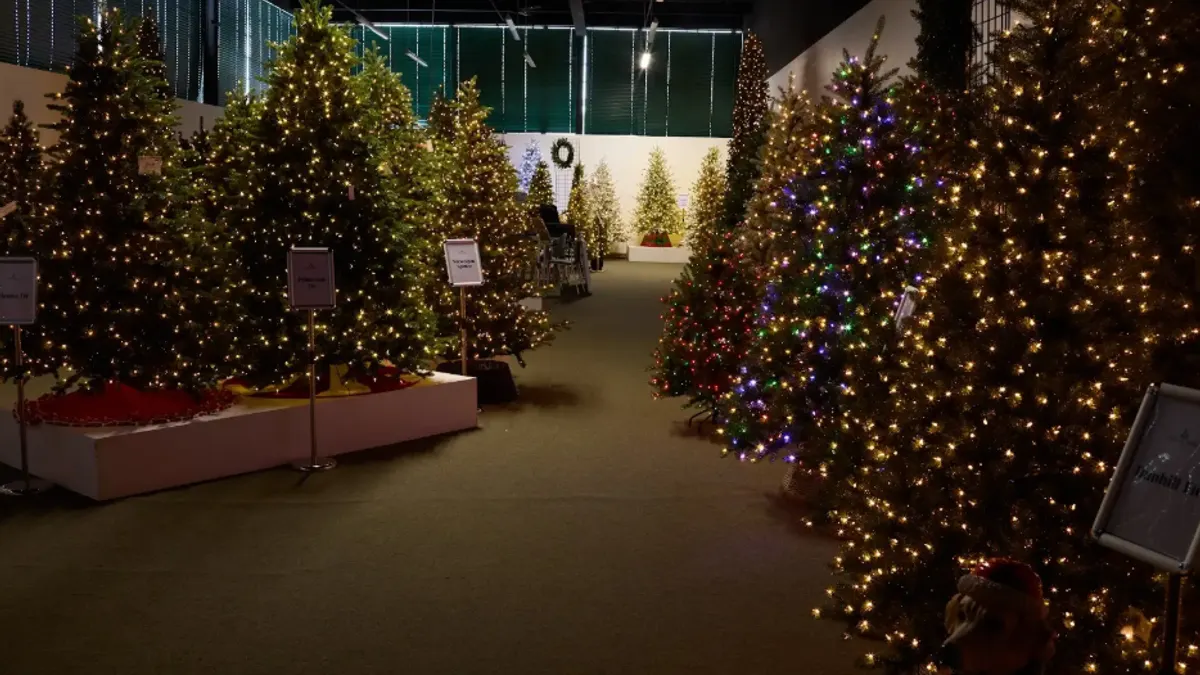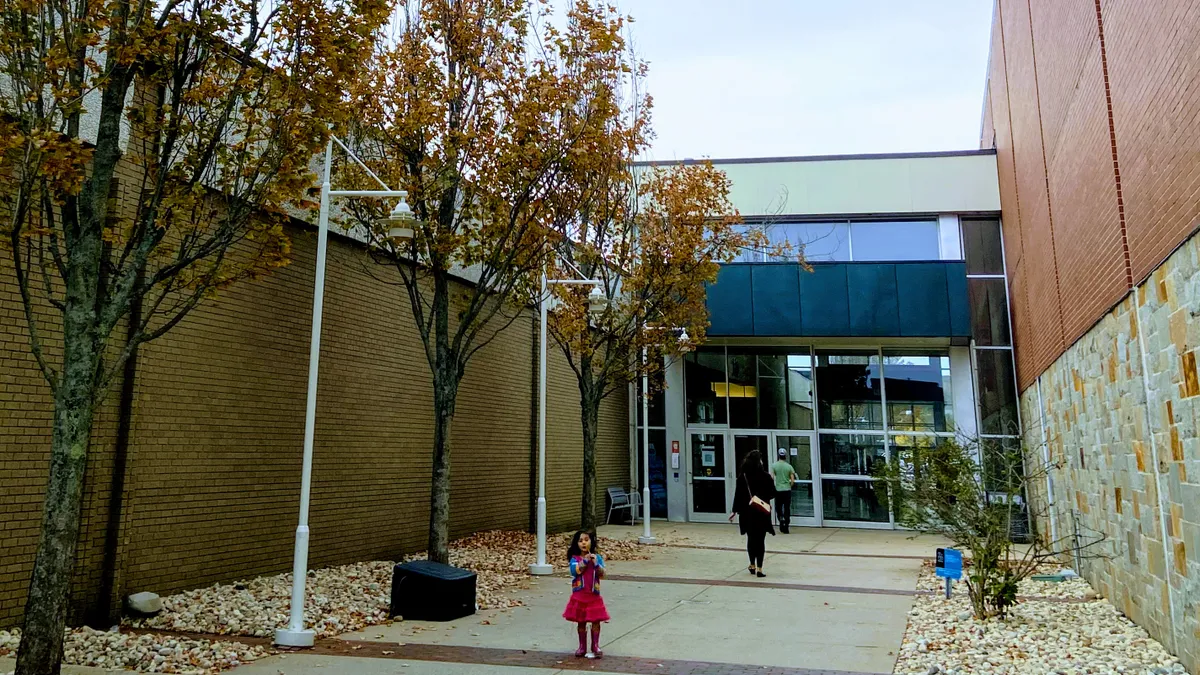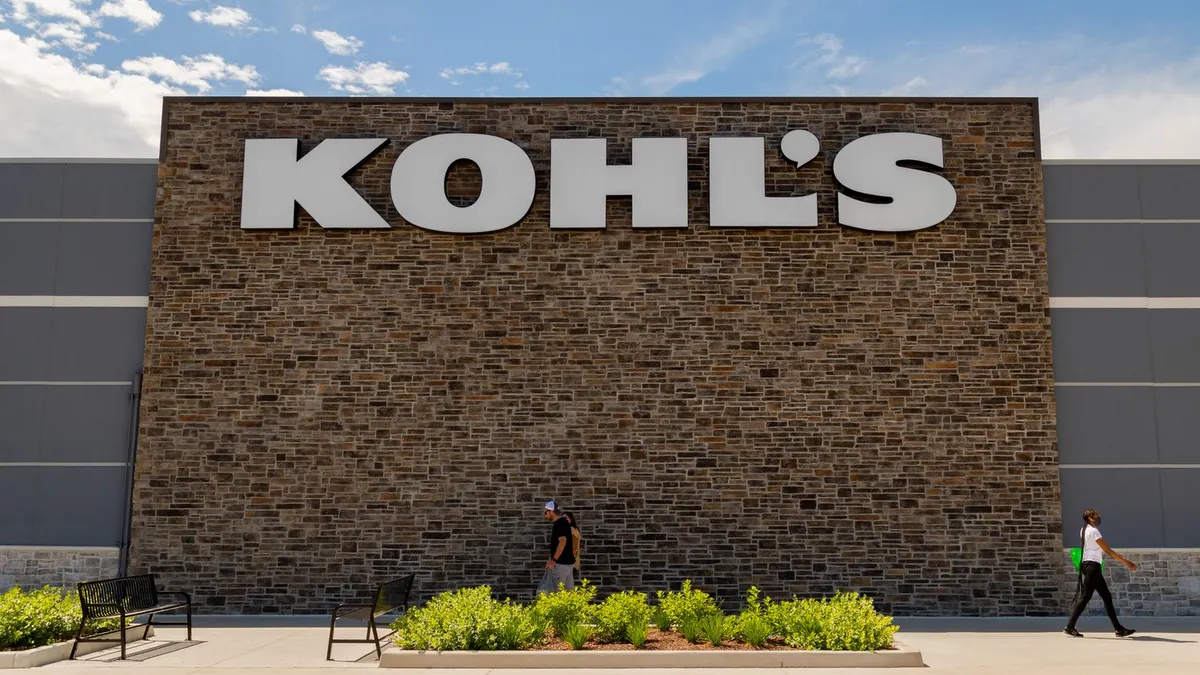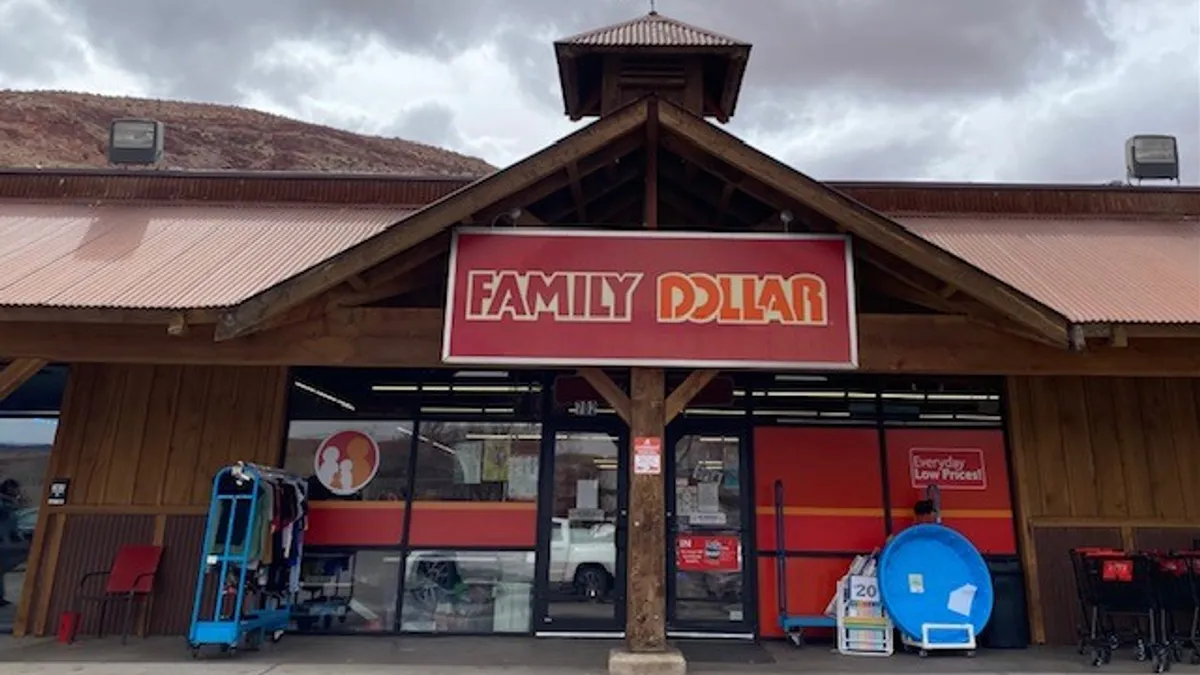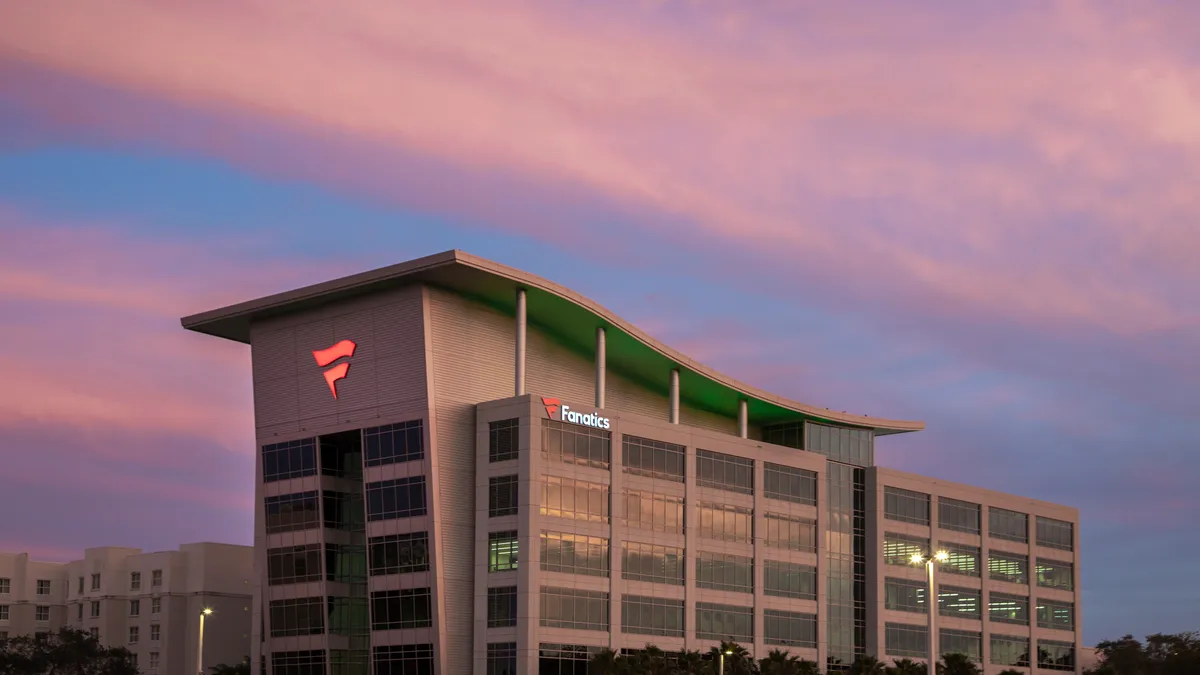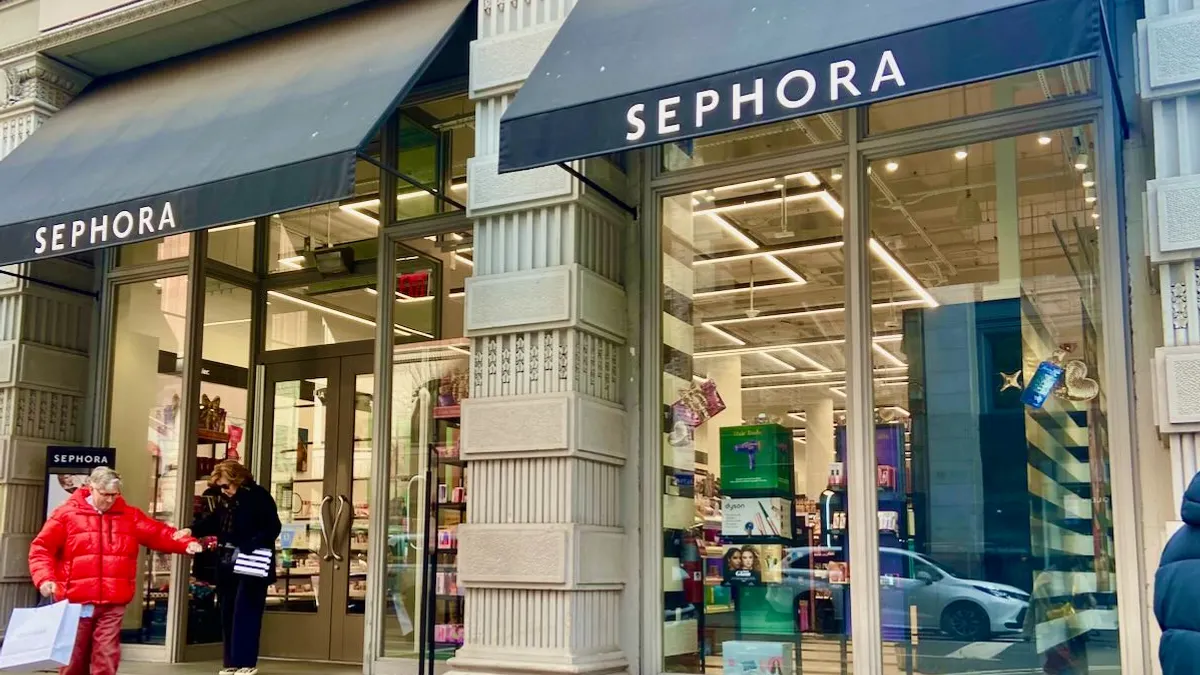If you celebrate Christmas, there’s a good chance you are putting up a tree this year. There’s also a high probability that you are rockin’ around a fake tree.
Convenience, safety, durability and cost-effectiveness contribute to 83% of households selecting an artificial tree for the season, according to the American Christmas Tree Association.
And the U.S., as it turns out, has a much heavier artificial tree representation than most of the world. “About 15 to 20 million are bought every single year,” National Tree Company CEO Chris Butler said. “It’s a huge industry.”
This segment of the holiday market has been impacted by a year of roller coaster tariffs, retail pullback and an uncertain consumer base.
“When the tariffs came out, no one was thinking about, ‘Let’s put tariffs on Christmas,’” Butler said. But, as he points out, “Zero percent of our industry is made in the U.S.”
Holiday-focused companies are responding by moving production to different countries, implementing price changes, conducting promotions when possible and advocating to the government. Not just for 2025, but for Christmas seasons yet to come.
‘The most challenging year’
The National Tree Company knows trees. Specifically, artificial ones. As one of the largest domestic wholesalers of the product, shoppers can buy directly from the company’s website, but also through large retailers including Walmart, Home Depot, Amazon, Macy’s and Lowe’s.
As far as artificial tree consumption goes, the U.S. sports an average of one and a half trees per household, with the average purchase cycle being between five and six years.
And all of the raw materials to make those trees come from China.
The National Tree Company started to move its production out of China about 18 months ago for diversity and flexibility of its supply chain. The company currently sources from parts of Southeast Asia, including Cambodia and Vietnam, resulting in around 60% of its goods coming from outside of China this year.
“When the tariffs came out, no one was thinking about ‘Let’s put tariffs on Christmas.’”

Chris Butler
CEO, National Tree Company
So when tariffs were announced this spring, the company was expecting it, but they weren’t expecting the tariffs to be so heavy on countries other than China.
“It was a bit of a shock to the system all the way around, because we were looking at 50% tariffs across the board, pretty much going from zero,” Butler said.
When tariffs on China reached 145% this spring, almost all artificial tree production across this segment of the industry stopped for about 30 days. When levies on China were reduced, production started up again, but at a lower rate, Butler said.
Additionally, many companies started building their supply chain sites outside of China at the same time.
“It’s not difficult to set up a new factory in different countries, but once you do that, you still need the raw materials from China,” Butler said. “There was a slowing down of the supply chain this year, and hence why we think there’ll be somewhat of a shortage of supply.”
The National Tree Company was able to be flexible when tariffs went back to 30%, in part because the business had been steadily investing in its supply chain systems.
Even still, it was “100% by far the most challenging year ever,” Butler said.
There may be better news going into 2026, however, when it comes to supply chains and tariffs. “I think it will start to stabilize,” Lauren Beitelspacher, professor of marketing at Babson College, said in emailed comments. Yet, “retail is always fraught with disruption,” Beitelspacher said. “The ups and downs are normal.”
Confusing consumer sentiment
The big unknown for specialty retailers and big-box stores alike this year has been consumer sentiment.
Tariffs, inflation, layoffs and a sudden suspension of SNAP funding have all contributed to an unsteady foundation for many holiday shoppers.
Stores weren’t exactly sure how to gauge inventory for the season. Over half of holiday orders were placed by the end of May, about two months earlier when compared to 2024, according to Deloitte’s 2025 Retail Holiday Buyer Survey. Retail buyers paused shipments of some orders due to the trade environment or even canceled orders they determined would be unprofitable.
The National Tree Company saw retailers “fall back somewhat because they were unsure of the consumer demand and consumer sentiment for this holiday season,” Butler said.
Holiday shortages loomed over this Christmas season even as early as July, according to the American Christmas Tree Association. A 90-day reprieve in tariffs during the summer didn’t solve problems, according to the nonprofit group, because most Christmas decor items, including trees, lights, ornaments and garlands, are manufactured overseas with long production lead times.
Now that retailers are in the throes of the season, some shoppers are pulling back on purchasing those exact items. Nearly 30% of people in the U.S. are decreasing their decorating budgets this year, according to a survey from Rocket Mortgage and Redfin. More than half (56%) of the segment that is pulling back say it is because they are trying to save money, while 44% named economic uncertainty as the reason behind the change.
But there are still deals out there to be had.
“If you’re in the market for a tree, buy now, buy early, buy multiple,” Butler said. “Despite the price increase from the tariffs, there are absolutely going to be deals. Because us — as well as everybody else — is seeing softness in demand. So there’s definitely going to be deals.”
Butler also leads the Christmas Trade Group, a 10-member organization that collectively brings in over $1 billion annually and represents over 1,000 employees. He recently was in Washington, D.C., meeting with the Senate Finance Committee as a way to provide education on their businesses and garner insights into tariffs going forward.
“2025 is done,” Butler said. “So what we’re trying to do is ‘save Christmas’ for 2026. Both from a supply chain perspective, in terms of securing supply in the right areas, as well as from a cost perspective, to keep the costs lower.”
“We want to maintain the affordability of the holiday,” he said.



